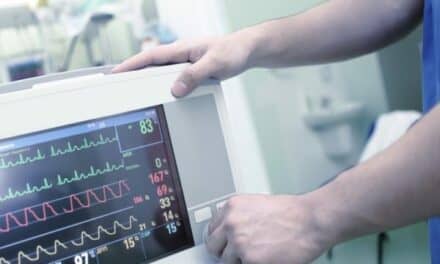By Lindsey Walker
Healthcare companies, hospitals, and medical clinics have a lot of equipment, infrastructure, and data that needs to be handled in a structured manner. As such, inefficiencies in management not only affect productivity, but also raise the risk of liability. Fortunately, computerized maintenance management systems (CMMSs) offer the complete solution.
As healthcare continues to evolve, hospitals, clinics, rehab facilities, and other medical centers need to look for solutions that offer streamlined and structured functioning. CMMS programs ensure that organizations enjoy a high level of efficiency while keeping abreast with constant changes in the sector. Here are the top five ways that CMMS systems can help healthcare facility managers:
- Tracking equipment:: Healthcare facilities rely on countless assets, both within the facility and offsite. Every room has basic medical equipment as well as specialized machinery and accessories (e.g., wheelchairs, stretchers, etc.) that are constantly moved around. Multiply this by the number of rooms, add offsite and backup machinery to the total, and there’s a large inventory of assets. The age of each item, warranty and repair information, quantity, and location are just a few details that need to be tracked at all times. CMMS software can reduce the workload tremendously.
- Tracking vehicles: Most facility managers don’t think of vehicles when they’re implementing CMMS maintenance software. However, vehicles used in hospitals and clinics need to be maintained and tracked as efficiently as the facility’s onsite medical equipment. After all, healthcare organizations must track everything from the number of ambulances and emergency vehicles available to their age, repair and warranty history, and their cleaning/maintenance schedules. Automated software makes this easier and faster.
- Tracking supplies: Medication, chemicals, and other supplies are the backbone of any healthcare facility. A properly maintained database is essential, both for smooth day-to-day workings, reducing the risk of liability issues and adhering to legal/regulatory requirements. The best CMMS software helps facility managers to record ingoing and outgoing medication/chemicals, create reordering alerts, and maintain a database for tracking supplies. Since everything is automated, the time and cost savings are huge.
- Tracking maintenance tasks: With computerized maintenance management systems, facility managers can ensure that maintenance jobs are put on a proper schedule and conducted in a timely manner. Other than scheduling tasks, a CMMS system also allows managers to track jobs conducted on an “as needed” basis.
- Tracking patient needs: In a healthcare facility, patients are customers and their comfort and security is a priority. CMMS software can help tremendously, by handling everything from HVAC temperature regulation, handicap accessibility, and food/drink requests to special machinery/medication, plumbing repairs, and more.
Automated software cuts down the time and effort required for tracking patient requests, issuing jobs to relevant personnel, locating items or equipment. and maintaining a record of these activities.
Financial Gains
Like any other industry, hospitals and clinics need to make money. The competition in the sector is growing at a rapid pace, and facilities that want to stay ahead of their competitors need to ensure that they work at maximum efficiency, increasing their profits in a manner that doesn’t raise the risk of errors, lawsuits, and liability issues.
As with any other business, CMMS systems allow healthcare organizations to save money by streamlining their facility and asset management activities. Maximizing efficiency is the best way to boost profits, which in turn allows the facility to invest in better equipment, clinicians, support personnel, and other assets that lead to an enhanced patient experience.
Lindsey Walker is the marketing manager of NEXGEN Asset Management.






Good to find an expert who knows what he’s takling about!